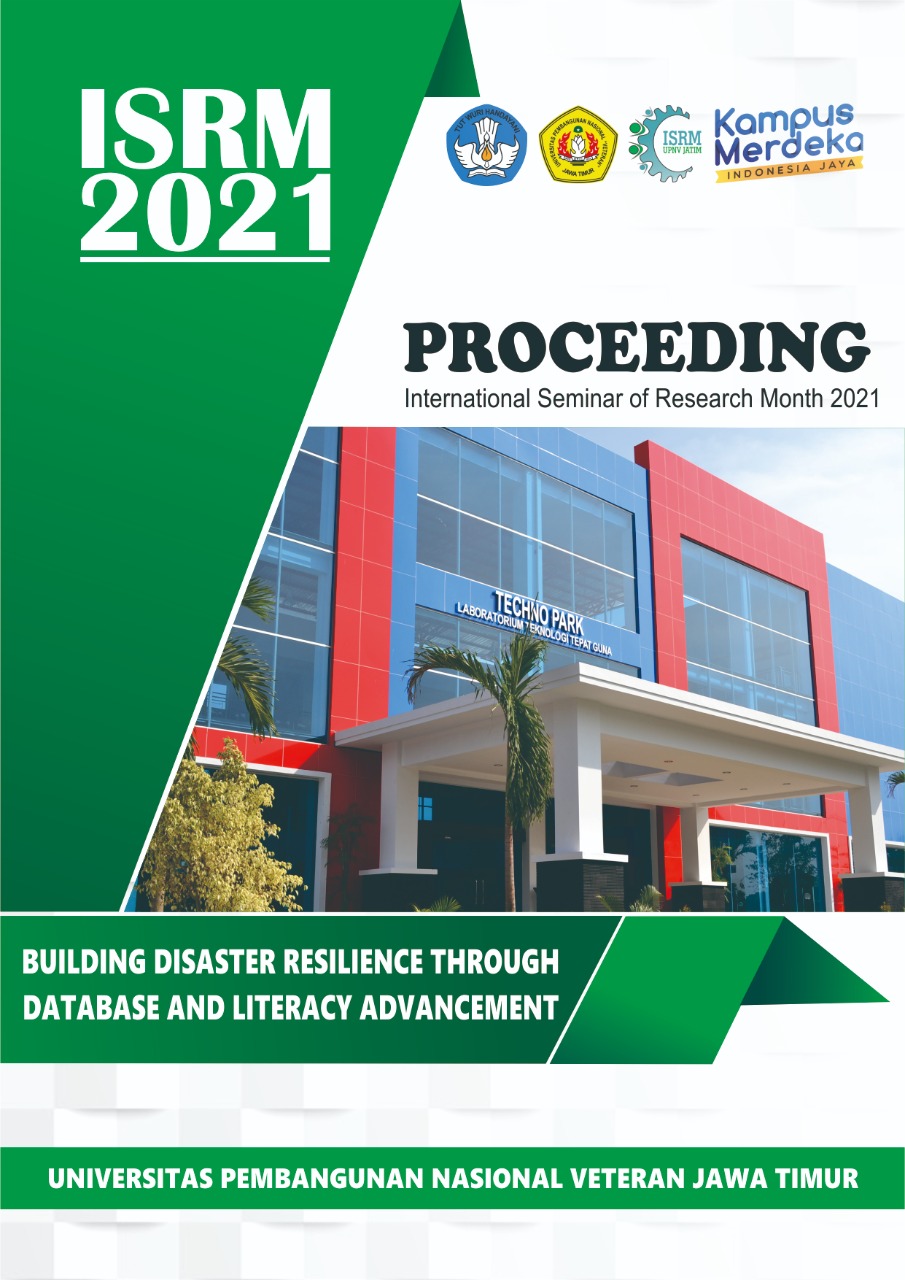Decoupage Finishing Techniques for Home Decor Elements
DOI:
https://doi.org/10.11594/nstp.2022.2405Keywords:
Decoupage, home décor elements, MalangAbstract
Decoupage is an art of decoration by sticking pieces of paper on the surface of objects with glue media. This decoupage finishing technique can be used in many elements of home decor, it is easy to teach and the materials are easy to get. Therefore, this finishing technique was chosen as a service activity to train PKK women in RT 6 RW 2 Lowokwaru Malang which is close to several tourist sites. The method used in this training is counseling on how to sell decoupage products and training on making products with the decoupage application. At this stage, examples of good creative product designs are also shown to explore creativity in the context of making products later. The types of products made include wall decoration products, pandan wallets, cake jars, etc. With this service activity, it is hoped that it can improve the skills of PKK members in the village so that they can increase household income and make RT 6 RW 02 Lowokwaru Malang a tourist village.
Downloads
Published
Issue
Section
License
Copyright (c) 2022 Dyan Agustin

This work is licensed under a Creative Commons Attribution 4.0 International License.
Authors who publish with this proceedings agree to the following terms:
Authors retain copyright and grant the Nusantara Science and Technology Proceedings right of first publication with the work simultaneously licensed under a Creative Commons Attribution License that allows others to share the work with an acknowledgement of the work's authorship and initial publication in this proceeding.
Authors are able to enter into separate, additional contractual arrangements for the non-exclusive distribution of the proceedings published version of the work (e.g., post it to an institutional repository or publish it in a book), with an acknowledgement of its initial publication in this proceeding.
Authors are permitted and encouraged to post their work online (e.g., in institutional repositories or on their website) prior to and during the submission process, as it can lead to productive exchanges, as well as earlier and greater citation of published work (See the Effect of Open Access).







